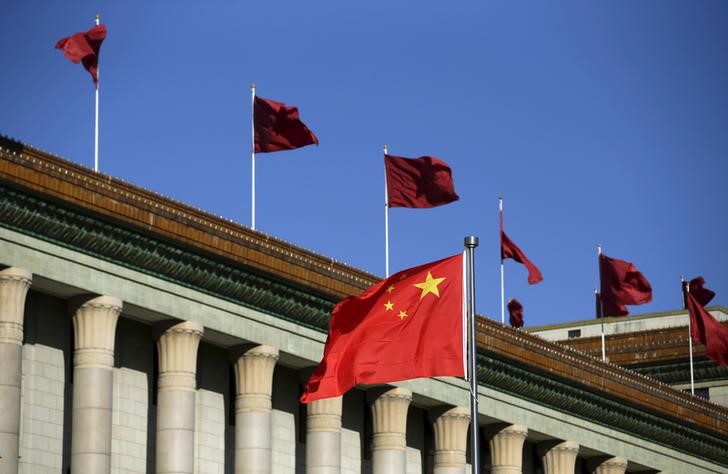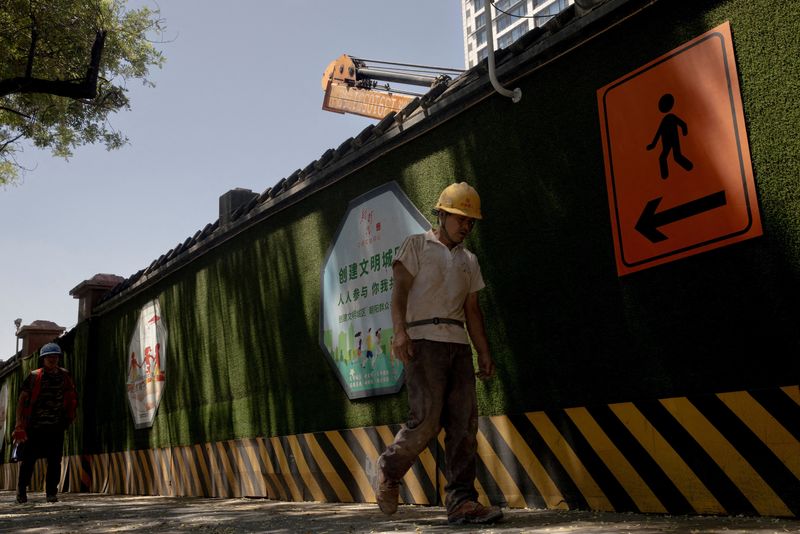Does fresh stimulus represent a turning point for China’s economy?

Investing.com — China’s latest economic stimulus package, introduced in September 2024, has sparked debate on whether it could signal a turning point for the country’s slowing economy.
This “monetary easing cocktail,” as it has been described, features a mix of rate cuts, reductions in mortgage costs, and liquidity injections aimed at stabilizing financial markets.
Despite the initiative’s broad reach, analysts at BCA Research believe these measures are insufficient to drive a meaningful recovery, as the deep-rooted structural challenges remain largely unaddressed.
At the heart of this new stimulus are five major components. First, the People’s Bank of China announced a 50-basis-point reduction in the Reserve Requirement Ratio for banks, aimed at enhancing liquidity in the financial system.
This was accompanied by a 20-basis-point cut to the 7-day reverse repo rate, which is expected to reduce borrowing costs through marginal cuts to the Loan Prime Rate and the Medium-term Lending Facility rate.
In addition, mortgage rates were also trimmed by 50 basis points, with lowered down-payment requirements for second home purchases to incentivize activity in the housing market.
Furthermore, the PBoC introduced an RMB 800 billion support package to provide liquidity for equity purchases by securities firms and listed companies, aimed at propping up the stock market.
Finally, additional financing was extended to state-owned enterprises for converting unsold residential units into low-cost rental housing in a bid to alleviate pressures in the property sector.
Despite these measures, BCA Research remains skeptical about their ability to revive the broader economy. For instance, while the reduction in mortgage rates might bring relief to some households, the aggregate savings it will generate—roughly RMB 150 billion annually—represent only a 0.3% boost to personal consumption.
This is too small to meaningfully alter the trajectory of consumer spending. More importantly, the labor market is under significant strain, with deteriorating job prospects and stagnant wages hampering any potential recovery in household consumption.
Without stronger employment growth, any boost from lower borrowing costs is likely to be modest at best.
Similarly, while the RRR cut may increase bank liquidity, the real issue facing China’s economy is weak demand for loans.
With the prime lending rate still hovering around 5% and deflationary pressures continuing, even marginal cuts to borrowing costs are unlikely to stimulate new credit demand.
Households and businesses remain hesitant to borrow, particularly with falling property prices casting a shadow over consumer confidence. The property market, a key driver of China’s growth in the past, continues to struggle, with downward pressure on prices likely to persist.
Beyond the financial system, local governments remain constrained in their ability to drive growth. Anti-corruption investigations have surged in recent years, leading to increased caution among local officials, many of whom are reluctant to initiate new infrastructure projects or take on additional debt.
This reluctance has curtailed one of the traditional levers of economic expansion, as local government spending has historically played a vital role in stimulating activity, especially during downturns.
BCA analysts argue that China’s current predicament—a mix of debt deflation and what they describe as a “balance sheet recession”—requires far more aggressive interventions than the measures announced.
What the economy truly needs, they suggest, are large-scale quantitative easing targeted at the housing market and fiscal transfers to households to boost their confidence and spending power.
The latest stimulus package, however, remains piecemeal and unlikely to address these deeper issues. Without more comprehensive fiscal policies, the economy is unlikely to stage a significant recovery in the near term.
For investors, the outlook remains cautious. The stimulus may provide temporary support to the stock market, particularly onshore Chinese equities, which BCA upgraded to overweight within global and emerging market portfolios.
However, broader global market conditions could limit the upside, especially in the face of rising geopolitical risks and a potential global trade slowdown.
As such, while Chinese A-shares might offer some opportunities, BCA advises a more neutral stance on offshore Chinese stocks and recommends against taking large long positions in Chinese equities for absolute-return investors, particularly if global markets enter a risk-off phase.







